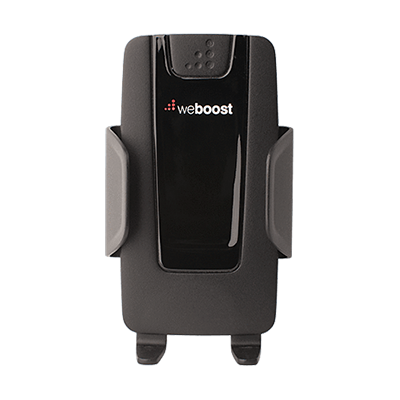 The weBoost Drive 4G-S is a simple and easy cradle-style cellular booster designed for use with just one device at a time. You put an antenna on the roof of your vehicle (if you don't have a metal roof, you will need to provide a ground plane), and run that antenna to the inside cradle that is sized to hold most phones and mobile hotspots.
The weBoost Drive 4G-S is a simple and easy cradle-style cellular booster designed for use with just one device at a time. You put an antenna on the roof of your vehicle (if you don't have a metal roof, you will need to provide a ground plane), and run that antenna to the inside cradle that is sized to hold most phones and mobile hotspots.
With the booster plugged into a nearby DC power jack or any 2a USB port, you are then good to go.
Note: Before Wilson Electronics re-branded as weBoost, the weBoost Drive 4G-S was known as the Wilson Electronics Sleek 4G. We've been told by weBoost that other than the slight changes to the external case, the new and old version are identical.
Specifications
- Model: 470107
- Gain: 23dB
- Impedence: 50 Ohm
- # of Devices Boosted: One
- LTE Bands Supported: 12 (17), 13, 5, 4, 2
- Exterior Antenna: 4" Magnetic Mount - 12.5' Cable
- Internal Antenna: Integrated
- Range of Interior Coverage: Cradle Only
- In Motion Usage: Yes
- Power: USB (2.5A), Comes with 12v Adapter
- Connectors: SMA Female
- Dimensions: 2 x 3 x 4.75 in
- Warranty: 2 Year
- List Price: $179
Review & Testing Status
We've had a the original Wilson Electronics Sleek 4G in our testing arsenal since it was first released, and featured it in our 2015 Booster Analysis.
We tested the Sleek 4G and compared it to the Drive Sleek. Our field testing results can be found here for our members who want to follow along: Cellular Signal & Embedded Router Field Testing – IBR900 | MAX-BR1 | Drive Sleek | MIMO Antennas (1st Quarter 2018)
Data is updated in our review below for members.
Alternatives to Consider
For other booster options on the market worth comparing this model to - here are our featured options:
Related News Articles:
This Review Contains Additional Member Exclusive Content!
We are Honored to be Member Funded! No ads, no sponsors, no selling (but may contain affiliate links)
Our members fund our in-depth independent reviews.
This entry may contain additional member exclusive content such as testing notes, field testing data, user interface tours, comparisons to alternatives, analysis, tips, videos and discounts.
Members also get interactive guidance, alerts, classroom and more.
Other Ways to Support Our Work At MIRC
Purchasing Options
This product is discontinued, and stock is rarely found anymore at retailers. You may be able to find this item used on eBay.
Save 5% at weBoost.com!
While this site is not reliant on affiliate funding, our weBoost links are affiliate links (only way they'd offer us a discount code). All affiliate incomes goes towards funding this site and other great causes.
Related News:
Cellular boosters can be quite useful for boosting the signal to a smartphone to get a more solid phone call. But when it comes to enhancing cellular data performance, things get more complicated.
Because of a technology called MIMO (multiple in multiple out) that is essential to LTE and 5G data, often times the internal antennas on a smartphone or hotspot don't benefit from an amplified signal. Boosters also only cover a handful of the frequency bands the carries use for data.
But a booster can play a role in a mobile internet arsenal - as they excel during times when you are really far from a tower, or where upload speeds are important (such as video broadcasting).
For more on understanding boosters vs. MIMO - check out video:
For more on signal enhancing, including understanding boosters and the many forms they come in - follow up with our guides:
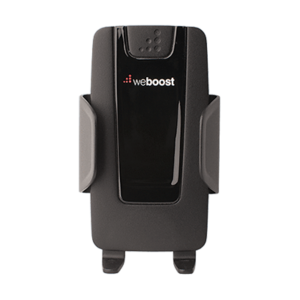
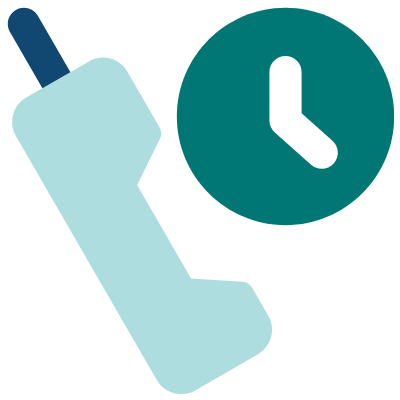
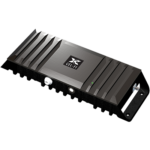
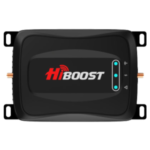
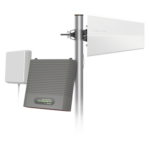
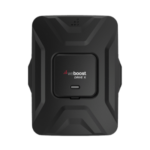
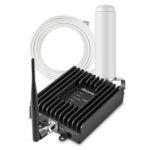
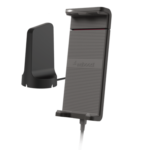
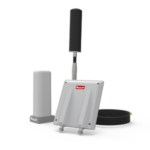
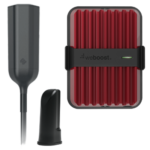

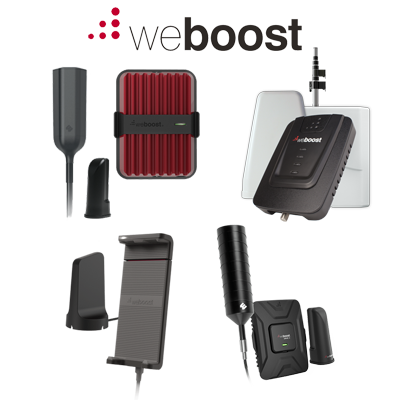
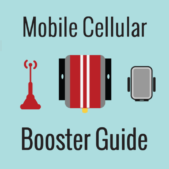
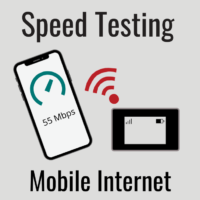
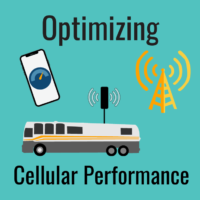
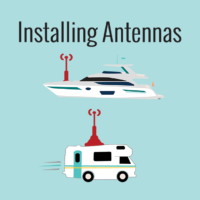
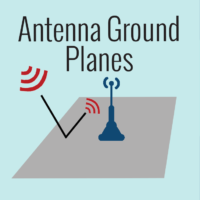
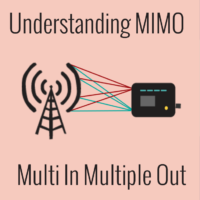
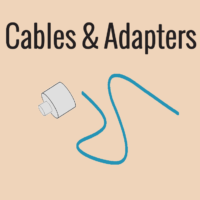
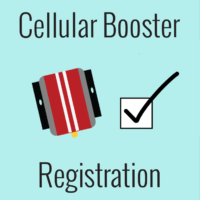

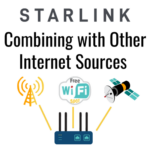

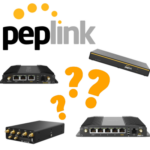
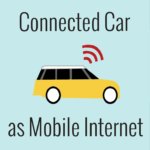
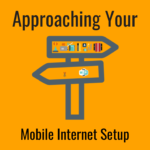
 Mobile Internet Resource Center (dba Two Steps Beyond LLC) is founded by Chris & Cherie of
Mobile Internet Resource Center (dba Two Steps Beyond LLC) is founded by Chris & Cherie of